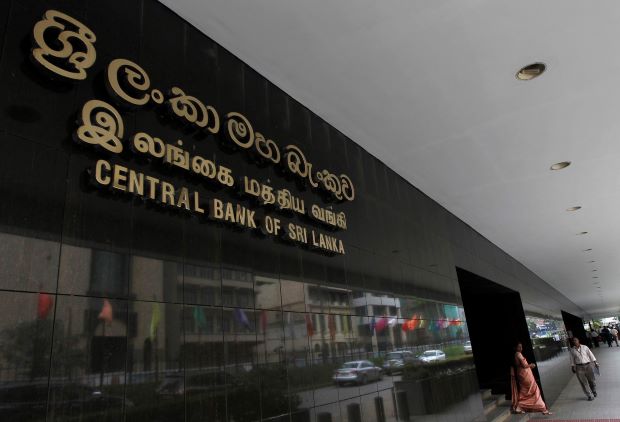CBSL asks banks not to compete for deposits
COLOMBO – Sri Lanka’s Central Bank CBSL) has asked banks not to compete with each other for deposits, Central Bank Governor Nandalal Weerasinghe said, as attempts were being made to bring down interest rates.
“With the tight liquidity banks are competing among themselves for deposits,” Governor Weerasinghe told a business forum organized by CT CLSA Securities, a Colombo-based brokerage.
“Some banks were offering 30% for deposits.
“We have made a request for banks not to compete with each other for deposits eating into some one else’s share. If anyone needs liquidity the central bank is willing to provide liquidity even for individual banks.
“We have a mechanism in place to do it. So anyone who wants liquidity we can pump in liquidity through open market operations.”
Sri Lanka’s banking system has liquidity shortages because the central bank intervened in forex markets to finance imports and gave overnight liquidity at low rates (sterilized forex sales) to stop reserve money from shrinking and rates rising, preventing a slowdown in credit.
Sri Lanka’s inflation hit 70% after the most recent currency crisis and high rates allow small savers and old people to recover some of their savings expropriated by mis-targeted rates in the previous year.
A liquidity shortage which create a big asset liability mismatch discourages banks from lending without deposits to artificially boost imports.
In past currency crises the central bank mostly injected money permanently making it easier for banks to give loans without first raising deposits to keep the external sector in check.
Such sterilized interventions lead to a quick rundown of foreign reserves of a pegged central bank when domestic credit demand is high.
Forex shortages and currency crises are a problem linked to reserve collecting central banks which have a policy rate to mis-target rates as domestic credit picks up and are absent in hard pegs or clean floats.
Governor Weerasinghe in April raised the rate at which new money is injected to 15.5%, slowing domestic credit and excessive demand for imports. Market rates went to around 30% in 2022 as open market operations at low rates were halted and central bank purchases of Treasury bills were curtailed, largely due to the requirement to finance a deficit and concerns over domestic debt re-structuring.
Before policy rates are brought down the central bank wanted to see market rates coming down, Weerasinghe said.
Once inflation starts to come down, ‘monetary policy action’ can be taken, he added..
Liquidity shortages can also widen if the central bank sells down its Treasury bills before it restores credibility of the exchange rate to start buying dollars on a net basis.
In 2022 however liquidity shortages of some banks have been worsened due to risk averse banks depositing cash overnight at the central bank.
Earlier in November, the central bank injected 130 billion rupees into banks permanently, raising some concerns among some forex market participants.
In the past, after rates hike and credit is slowed, a quick float restores credibility of the exchange rate ahead of an IMF deal.
However this time, there is as surrender rule in place and a peg is maintained around 363 to the US dollar and an IMF deal has been delayed due to a requirement for debt re-structuring.
However taxes have been raised and tax revenues are up, reducing the borrowing requirement compared to last year. State enterprises have also raised rates reducing their borrowings to cover losses.
-economynext.com



Comments are closed, but trackbacks and pingbacks are open.